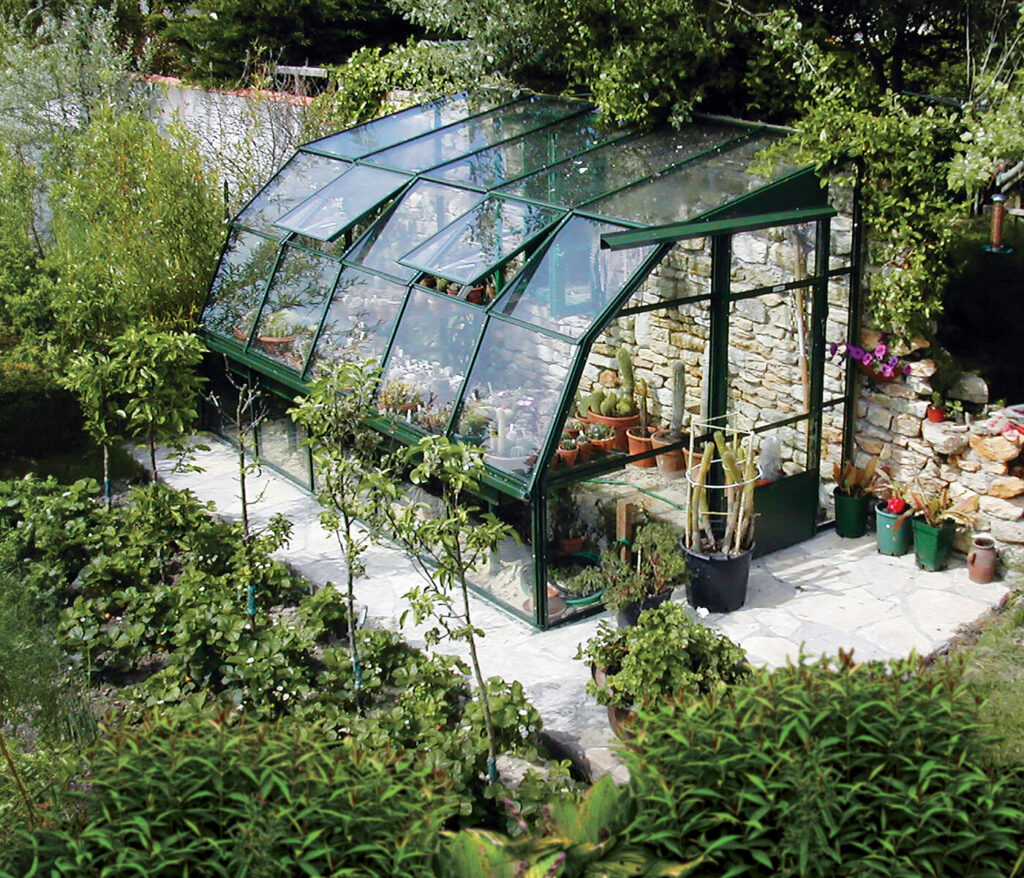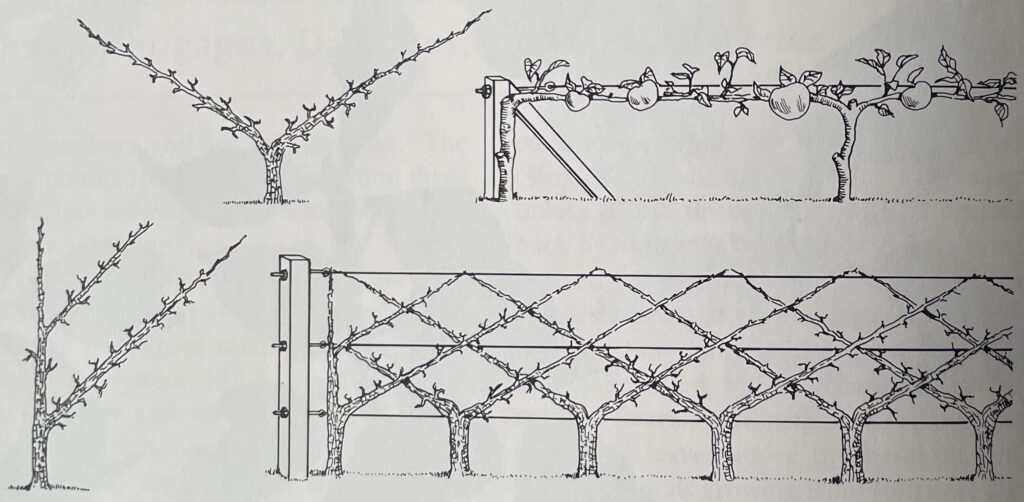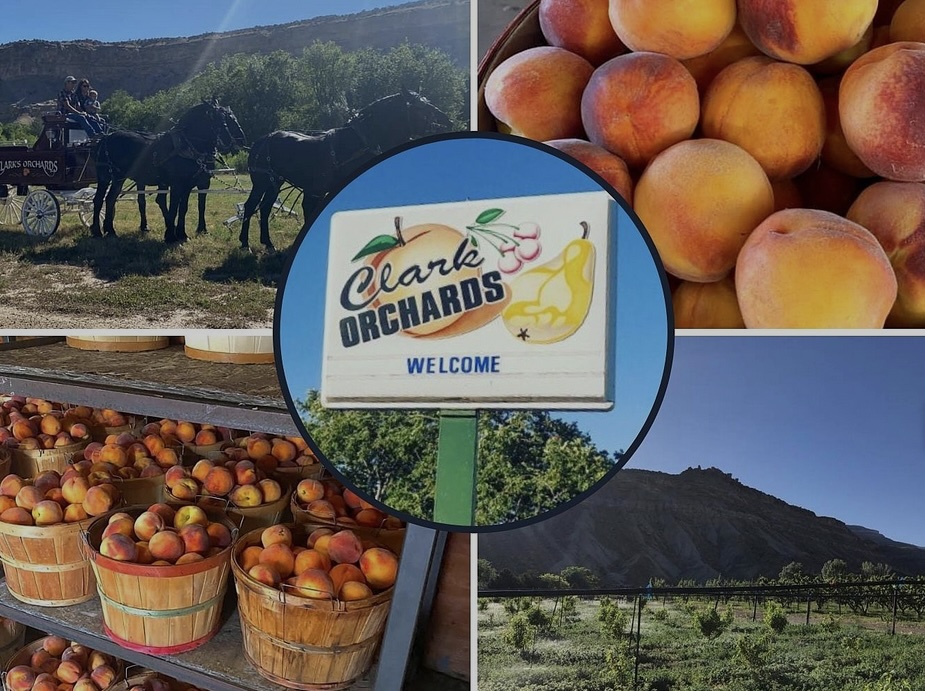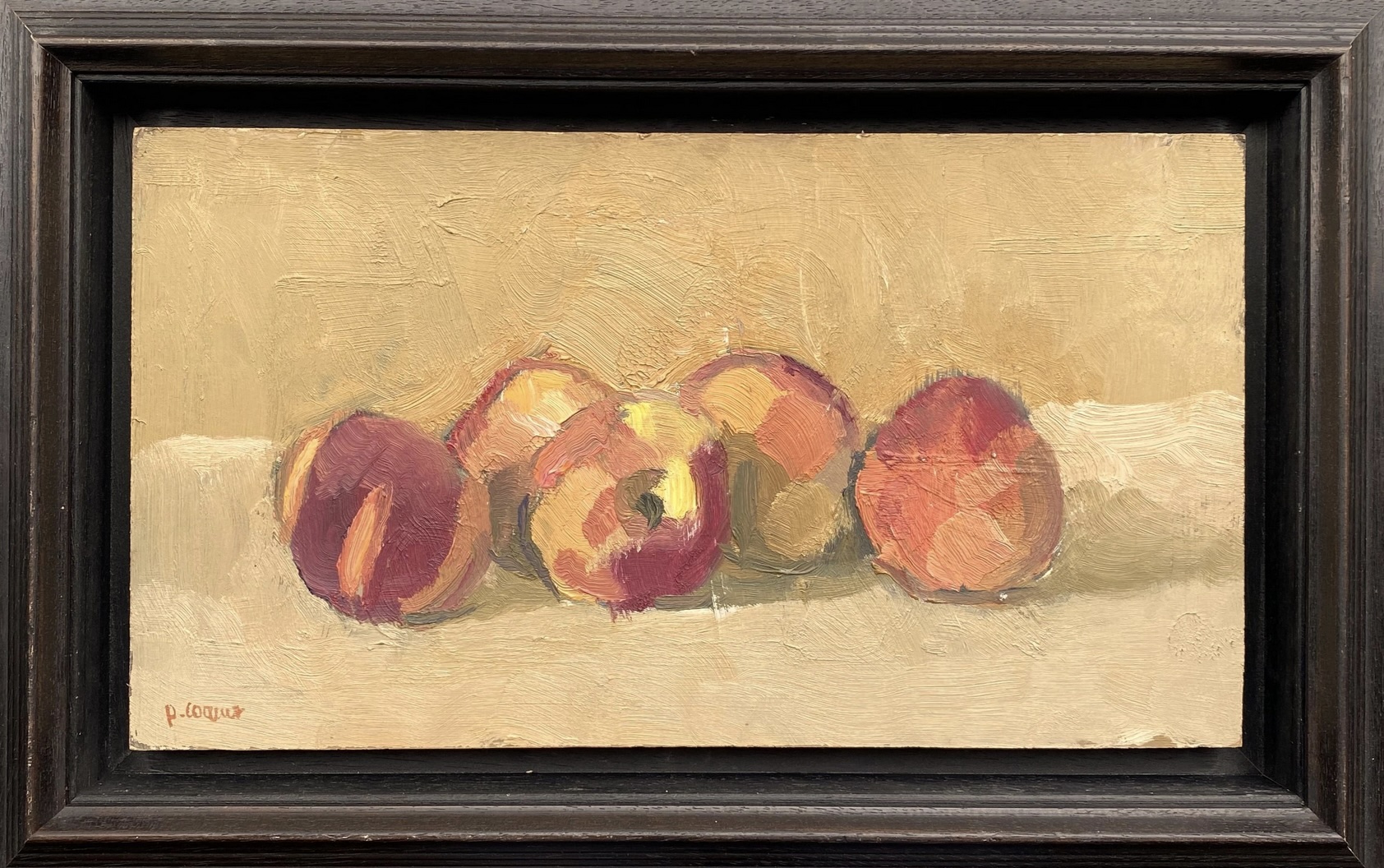There was an unforeseen delay in my getting this letter written – the peaches on my elderly tree were ripe and the weather was due to change overnight from 90° and bluebird skies to 55° and sodden grey. Welcome to the Front Range. With the right kind of greenhouse this wouldn’t be a problem: the peach tree would be espaliered against a brick wall against which my lean-to glasshouse would be anchored. But such is not my luck (yet!).

Palisade peaches are among the many things that Colorado’s west side (of the Rockies) are famous for; freestone, sweet and juicy, we look forward to their arrival in the markets. I just wait for my 50+ year old tree to do its thing. Gathering the harvest is a family, friends, dogs vs. squirrel’s affair: I pick, my friends take away the bulk of what I salvage from the squirrels, who drop their lightly munched fruit chased by our “girls”, a chihuahua and bichon x poodle, who then finish off the fruit on the living room floor – they have no manners!
Prunus persica, aka peach, was thought by the ancients to have come originally from Persia (hence its species name): Theophrastus 322BC promoted this idea, but it didn’t appear in European texts until Greek herbalist Dioscorides in 60AD mentioned it, and Pliny (that sage old gardener) in 79AD, described how peaches were introduced from Persia by the Romans. This idea persisted until the Swiss botanist, Alphonse De Candolle established that the peach had been known in China since antiquity, that Confucius described it in the 5th century BC, and much later, German-British botanist, Dietrich Brandis, recognized it has having been grown in Asia as far back as the 10th century BC.

Peaches sprout easily from the large nubby pit at the center of each fruit, and thus peach trees are thought to have spread to Persia along the Silk Road, although Alexander the Great is also credited with their introduction. What a history! Finally, peaches reached England in the mid-1500s, and in 1629, the Governor and Company of the Massachusetts Bay Colony requested that peach stones and other seeds be sent to the New England settlers. Seventeen years later, in A Description of New Albion [i.e. Virginia], peaches were described as better than apricots and that “some doe feed Hogs, one man hath ten thousand trees.” This may well have been the origin of the South’s peach-fed hams, the gourmet’s delight.

By the time Philadelphian, John Bartram (fl.1730-77), the “father of American botany” was making his mark on the world, peaches were so abundantly grown in the United States that he thought they were native to the continent, perhaps because he saw peaches being cultivated by the Native Americans.
More recently it’s been proposed that the famous “Georgia Peach” became so after the Civil War replacing the cotton and tobacco crops, now the mainstay of sharecropper and freed slave livelihoods, as the enterprise of the southern gentleman landowners, since only they had the education and the wherewithal to establish and successfully cultivate peach orchards. So, the peach became a status symbol.

Knowing all this, I began to look at my solitary tree with new eyes; its branches have broken off in chinook windstorms, gummosis has invaded its bark, my amateurish attempts at pruning have misshapen but not killed it. And the fruit it produces – in good and bad years – is delicious and quite beautiful. The painter August Renoir it is claimed advised young artists to perfect painting a peach if their goal was to render a sensitive likeness of a woman’s breast.
Well, I don’t know about that, but I do know that a peach is the beautiful fruit, as long as you’re able to catch before it falls, as it bruises if you look at it wrong! I read somewhere that laying a carpet of crumpled newspaper below the tree at harvest time prevents blemishing the ones you’re too slow to catch. Perhaps I’ll try that next year, maybe open a farmstand with a sign claiming, as Mahlon Stacy wrote from New Jersey in 1683, “We have peaches by the cart load.”
Ethne Clarke, 2024
Planning a trip to Colorado next peach season: visit https://www.clarkfamilyorchards.com/ to learn more about what is on offer besides peaches.
As mentioned, peaches seeds sprout quite handily, and will bear fruit in a few years given care. However, the chances are slim they’ll come true to the parent tree, so you may be surprised by the result. For instructions, visit https://www.hgtv.com/outdoors/flowers-and-plants/fruit/growing-perfect-peaches


